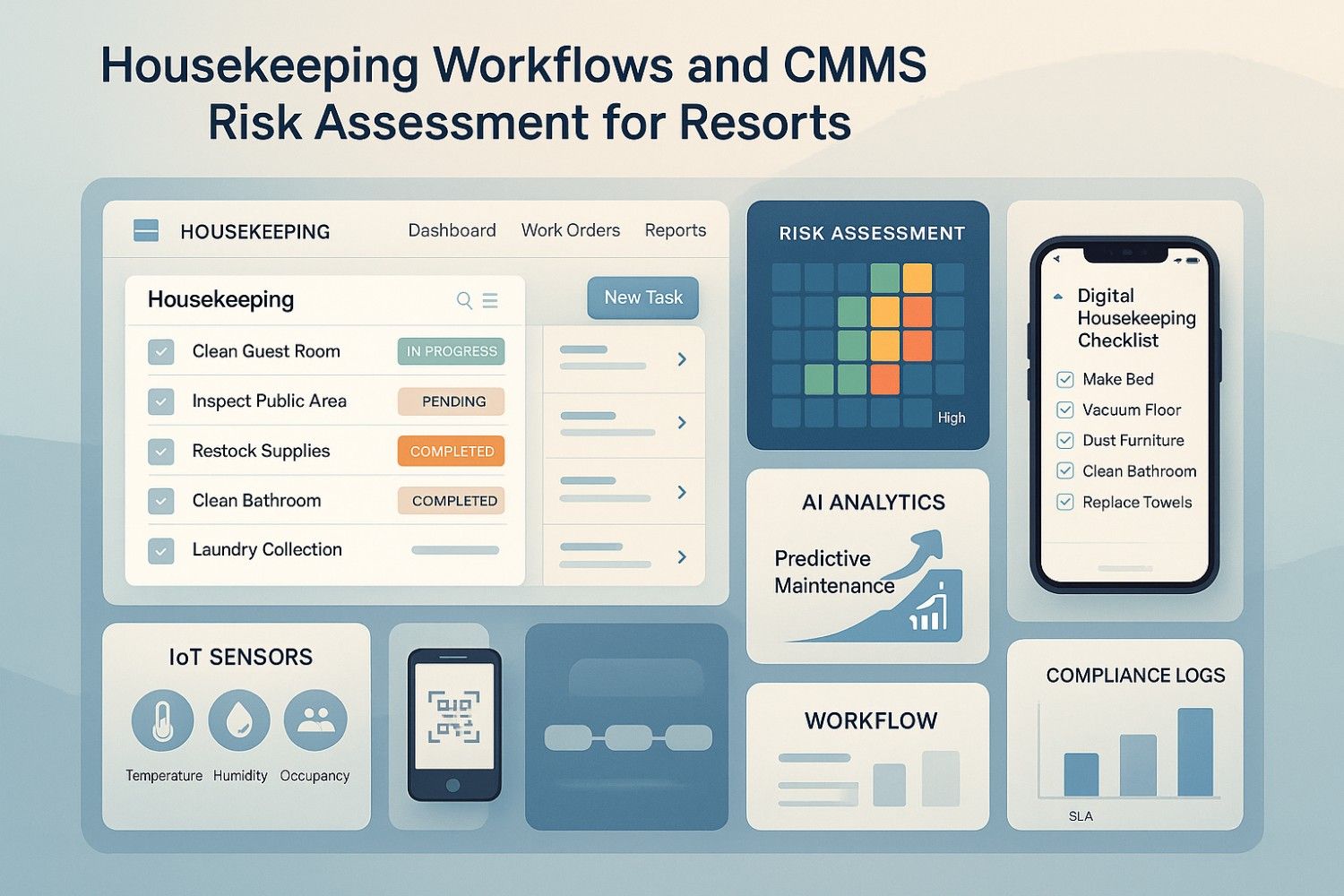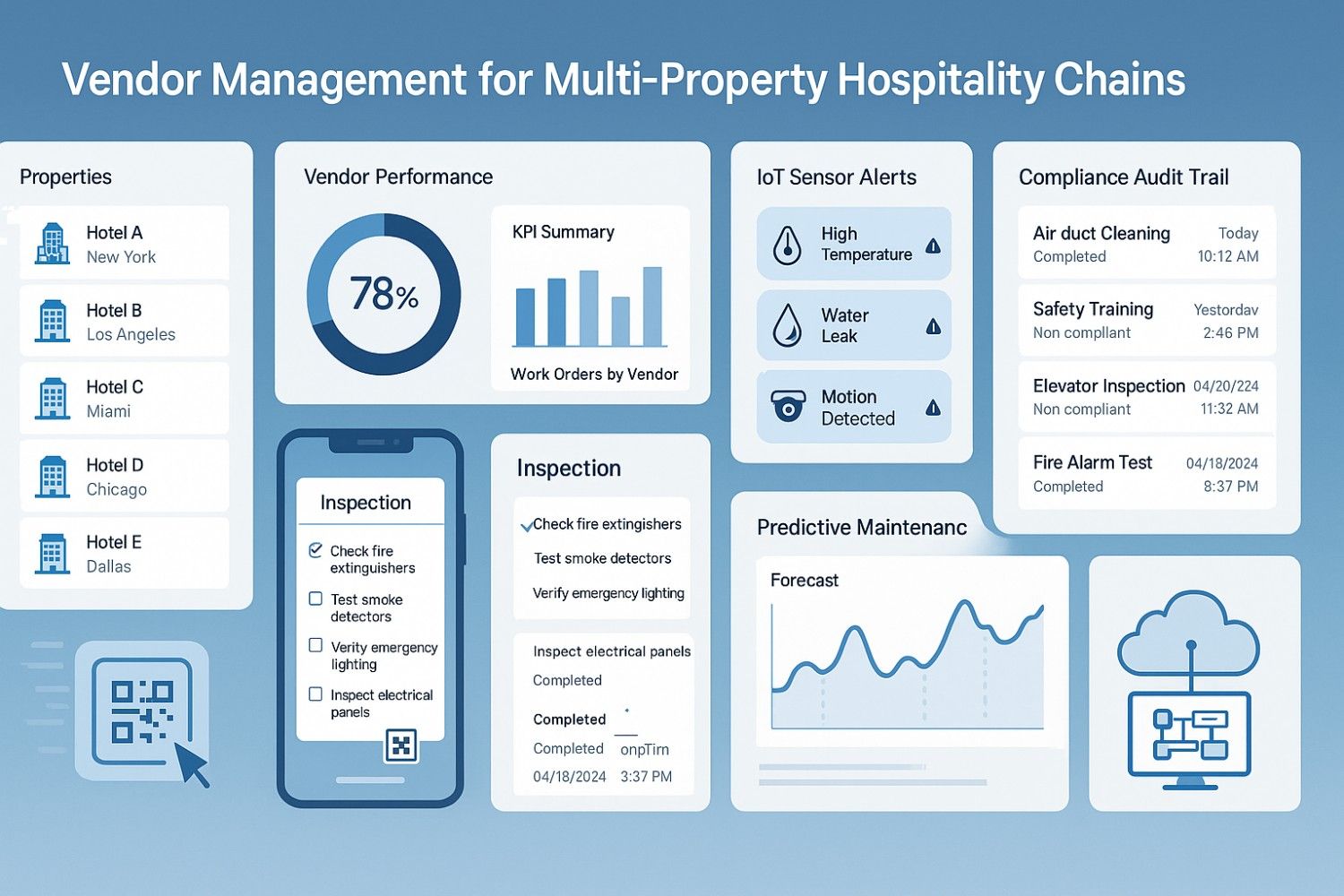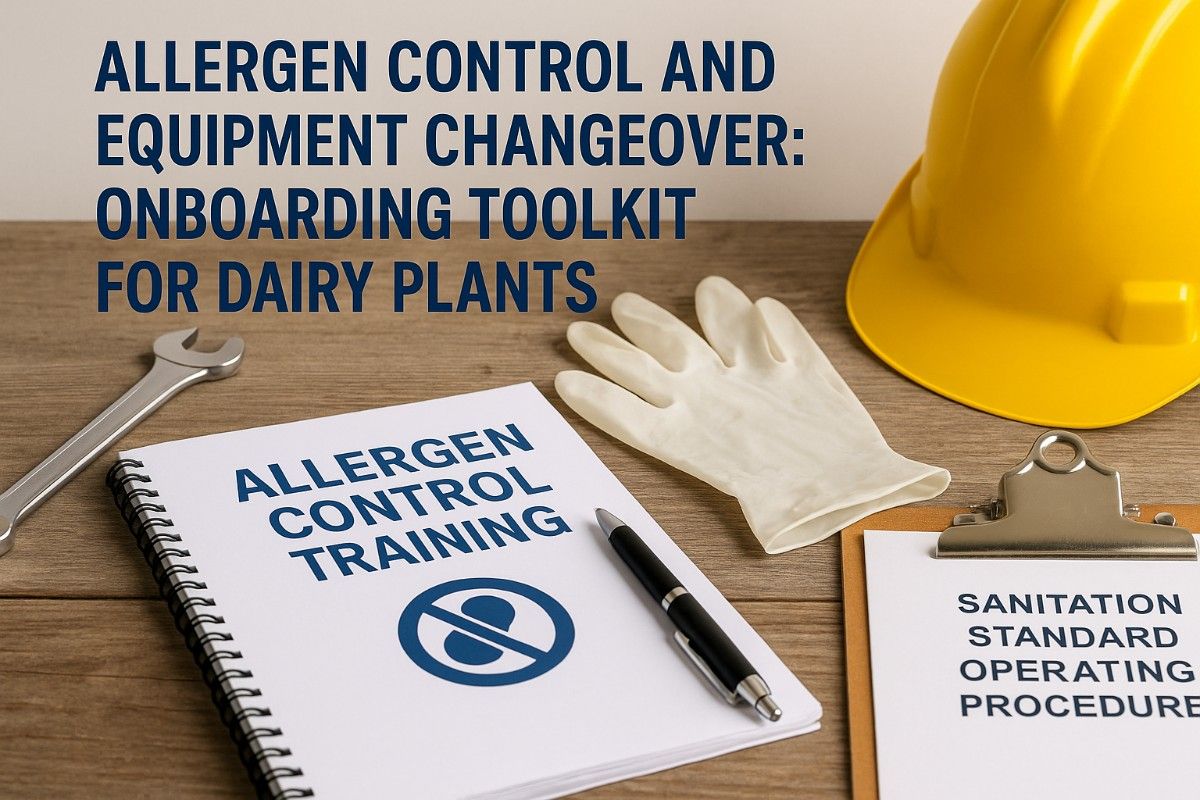The production line stops unexpectedly at 2 AM. Your maintenance team scrambles to diagnose the problem while every minute of downtime costs your facility $5,000 in lost production. After six hours, they discover a bearing failure that could have been prevented with proper analysis, and monitoring. This scenario costs US manufacturers over $50 billion annually in unplanned downtime, yet 70% of equipment failures follow predictable patterns that can be identified and prevented through systematic failure analysis.
Equipment failure analysis has evolved from reactive troubleshooting to proactive intelligence gathering that prevents catastrophic breakdowns before they occur. Modern manufacturing facilities implementing comprehensive failure analysis programs achieve 40-60% reductions in unplanned downtime while extending equipment life by 25-35%. The key lies in understanding the root causes that drive equipment failure and implementing prevention strategies that address these causes systematically.
Manufacturing operations that master equipment failure analysis gain competitive advantages through improved reliability, reduced maintenance costs and optimized production schedules. With equipment becoming increasingly complex and downtime costs continuing to rise, failure analysis has become essential for maintaining operational excellence and profitability in today's manufacturing environment.
Ready to Transform Your Equipment Maintenance Strategy?
Join thousands of manufacturers who've reduced downtime by 40-60% through systematic failure analysis. Don't let preventable failures cost your facility $50,000+ per incident.
Start Your Failure Analysis ProgramSchedule Your Equipment Assessment
Understanding Equipment Failure Costs and Impact
Equipment failure analysis begins with understanding the true cost of failures and their cascading effects throughout manufacturing operations. Direct repair costs typically represent only 20-30% of total failure impact, with indirect costs including lost production, quality issues, safety risks and customer satisfaction creating the majority of economic damage.
Unplanned equipment failures cost manufacturing facilities an average of $50,000 per incident when considering all direct and indirect impacts. However, costs vary dramatically based on equipment criticality, production schedules, and failure duration. Critical production equipment failures can exceed $250,000 per incident for facilities with high-value products or tight delivery schedules.
Lost Production Revenue
Production stoppage during failure analysis and repair. Typically 60-70% of total failure cost for critical equipment during peak production periods.
Emergency Repair Costs
Premium labor rates, expedited parts procurement, and contractor services. Often 3-5x normal maintenance costs due to urgency and resource constraints.
Quality and Scrap Losses
Product quality issues leading up to failure and during restart. Can add 15-25% to total failure cost through scrap, rework, and quality investigations.
Safety and Regulatory Impact
Workplace safety incidents, environmental releases, and regulatory compliance issues. Potential for significant long-term costs beyond immediate failure impact.
Customer Satisfaction
Delayed shipments, quality issues, and service disruptions. Long-term relationship damage that can impact future business opportunities.
Resource Allocation
Maintenance team disruption, production schedule impact, and management attention diversion. Reduces overall operational efficiency and productivity.
Failure frequency patterns reveal that 80% of equipment failures result from just 20% of failure modes, making targeted analysis and prevention efforts highly effective. Manufacturing facilities that implement systematic failure analysis achieve 3-5x return on investment through reduced downtime, extended equipment life, and improved operational efficiency.
See how your facility can achieve these results - start your transformation today or speak with our experts
The 8 Root Causes of Equipment Failure
Systematic equipment failure analysis reveals eight primary root causes responsible for 85-90% of all equipment failures in manufacturing environments. Understanding these causes enables targeted prevention strategies that address failure modes before they result in costly breakdowns and production disruptions.
Each root cause follows predictable failure patterns that can be identified through proper monitoring, analysis, and maintenance practices. Rather than treating symptoms, effective failure analysis focuses on eliminating underlying causes that create failure conditions over time.
| Root Cause | Percentage of Failures | Typical Warning Period | Prevention Strategy |
|---|---|---|---|
| Inadequate Lubrication | 35-40% | 2-8 weeks | Lubrication management programs |
| Normal Wear and Aging | 18-25% | 3-12 months | Predictive maintenance and replacement scheduling |
| Improper Installation/Assembly | 12-18% | 1-6 months | Installation procedures and quality control |
| Contamination | 8-15% | 1-4 weeks | Environmental controls and filtration systems |
| Operational Misuse | 6-12% | Immediate to 3 months | Operator training and operating procedures |
| Design Deficiencies | 4-8% | 6-24 months | Design reviews and engineering modifications |
| Material Defects | 3-6% | 1-12 months | Quality control and supplier management |
| Corrosion and Environmental | 2-5% | 3-18 months | Environmental protection and material selection |
1. Inadequate Lubrication
The leading cause of equipment failure, responsible for 35-40% of all breakdowns. Includes insufficient lubrication, wrong lubricant type, contaminated lubricants, and over-lubrication. Typically provides 2-8 weeks warning through vibration analysis, oil analysis, and temperature monitoring.
2. Normal Wear and Aging
Natural deterioration of components through normal operation, accounting for 18-25% of failures. Predictable through trending analysis and component life curves. Can be managed through planned replacement and condition monitoring programs.
3. Improper Installation/Assembly
Installation errors including misalignment, incorrect torque, improper fit, and assembly mistakes. Causes 12-18% of failures, often manifesting within 1-6 months of installation. Prevented through proper procedures and quality control.
4. Contamination
Foreign material ingress including dirt, water, chemicals, and process materials. Responsible for 8-15% of failures with typically short warning periods. Controlled through environmental protection and filtration systems.
Prevention Strategies and Implementation Framework
Effective equipment failure prevention requires systematic approaches that address root causes through integrated maintenance strategies, monitoring systems, and organizational practices. Prevention strategies must be tailored to specific equipment types, operating conditions, and failure modes to achieve maximum effectiveness.
Successful prevention programs combine multiple strategies including predictive maintenance technologies, improved maintenance practices, operator training, and design modifications. The most effective approaches focus resources on high-impact failure modes while building organizational capabilities for continuous improvement.
Comprehensive Prevention Strategy Framework
Proven Prevention Techniques by Root Cause
- Vibration analysis and oil analysis programs for lubrication-related failures
- Thermographic inspection and ultrasonic testing for early wear detection
- Precision alignment and installation procedures to prevent assembly failures
- Environmental controls and contamination prevention systems
- Operator training programs focusing on proper equipment operation
- Design reviews and engineering modifications for chronic failure modes
- Supplier quality programs and incoming inspection procedures
- Protective coatings and material upgrades for corrosion prevention
Implementation success requires phased approaches that build capabilities progressively while demonstrating value through measurable improvements. Start with high-impact, low-complexity strategies before advancing to more sophisticated technologies and processes.
Performance measurement and continuous improvement ensure that prevention strategies deliver sustained results. Track leading indicators such as condition monitoring alerts, maintenance effectiveness, and failure trending rather than just lagging indicators like downtime and repair costs.
Phase 1: Foundation Building
Establish basic lubrication management, operator training, and failure tracking systems. Typically achieves 20-30% reduction in failures within 6 months.
Phase 2: Technology Integration
Implement condition monitoring, predictive analytics, and precision maintenance practices. Delivers additional 15-25% improvement in reliability.
Phase 3: Optimization
Advanced analytics, design modifications, and integrated maintenance strategies. Achieves world-class reliability performance levels.
Technology Solutions for Failure Prevention
Modern technology solutions enable proactive equipment failure prevention through real-time monitoring, predictive analytics, and automated alert systems. These technologies transform maintenance from reactive to predictive, enabling intervention before failures occur and optimizing maintenance resource allocation.
Successful technology implementation requires integration with existing maintenance processes and organizational capabilities. The most effective solutions combine multiple monitoring technologies with analytics platforms that provide actionable insights for maintenance decision-making.
Vibration Analysis Systems
Detect bearing problems, misalignment, and mechanical looseness before failure. Provide 85-95% accuracy in identifying developing problems 2-8 weeks before breakdown. Essential for rotating equipment monitoring.
Oil Analysis Programs
Monitor lubricant condition, contamination levels, and wear particle generation. Identify 70-80% of lubrication-related problems before failure occurs. Critical for hydraulic systems, gearboxes, and engines.
Thermographic Inspection
Detect electrical problems, bearing issues, and insulation failures through temperature monitoring. Non-contact technology providing early warning of electrical and mechanical problems.
Ultrasonic Testing
Identify bearing problems, steam trap failures, and compressed air leaks. Particularly effective for early-stage bearing detection and energy waste identification.
Motor Current Analysis
Monitor electrical motor health through current signature analysis. Detects rotor problems, bearing issues, and load variations without equipment shutdown.
Predictive Analytics Platforms
Integrate multiple data sources for comprehensive equipment health assessment. Provide prioritized maintenance recommendations and failure probability estimates.
Technology ROI typically ranges from 3-8x investment within 12-24 months through reduced emergency repairs, extended equipment life, and optimized maintenance scheduling. However, success requires proper implementation, technician training, and integration with maintenance workflows.
2025 Technology Trends in Failure Prevention
- Internet of Things (IoT) sensors providing continuous equipment monitoring
- Machine learning algorithms improving failure prediction accuracy
- Mobile technology enabling real-time condition monitoring and reporting
- Cloud-based analytics platforms reducing implementation complexity
- Integrated maintenance management systems combining all monitoring data
- Augmented reality tools for maintenance guidance and failure analysis
Technology selection should focus on addressing the most common failure modes first, particularly lubrication-related failures that account for 35-40% of all breakdowns. Build technology capabilities progressively while developing organizational competencies in data analysis and maintenance optimization.
Ready to see these results at your facility? Get your technology roadmap or discuss solutions with our team
Conclusion
Equipment failure analysis provides manufacturing facilities with powerful tools for preventing costly breakdowns and optimizing maintenance operations. Understanding the eight root causes responsible for 85-90% of equipment failures enables targeted prevention strategies that deliver significant improvements in reliability and cost performance.
The most successful approaches combine systematic failure analysis with comprehensive prevention strategies addressing lubrication management, precision maintenance, operator training, and condition monitoring. Facilities implementing these programs achieve 40-60% reductions in unplanned downtime while extending equipment life by 25-35%.
Technology solutions enhance prevention capabilities through real-time monitoring, predictive analytics, and automated alert systems that enable intervention before failures occur. However, success requires integration with maintenance processes, technician training, and organizational commitment to proactive maintenance practices.
Implementation should follow phased approaches that build capabilities progressively while demonstrating value through measurable improvements. Start with high-impact strategies addressing the most common failure modes before advancing to more sophisticated technologies and processes.
The future of equipment failure analysis lies in predictive technologies and data-driven decision making that prevent failures before they impact operations. Facilities investing in these capabilities position themselves for sustained operational excellence and competitive advantage in increasingly complex manufacturing environments.
Ready to Eliminate Costly Equipment Failures and Boost Your Competitive Edge?
Don't wait for the next $250,000 failure to cripple your operations. Join industry leaders who've mastered failure analysis and achieved 40-60% downtime reduction. Your competition is already implementing these strategies.
Begin Your Reliability TransformationGet Your Failure Prevention Strategy









